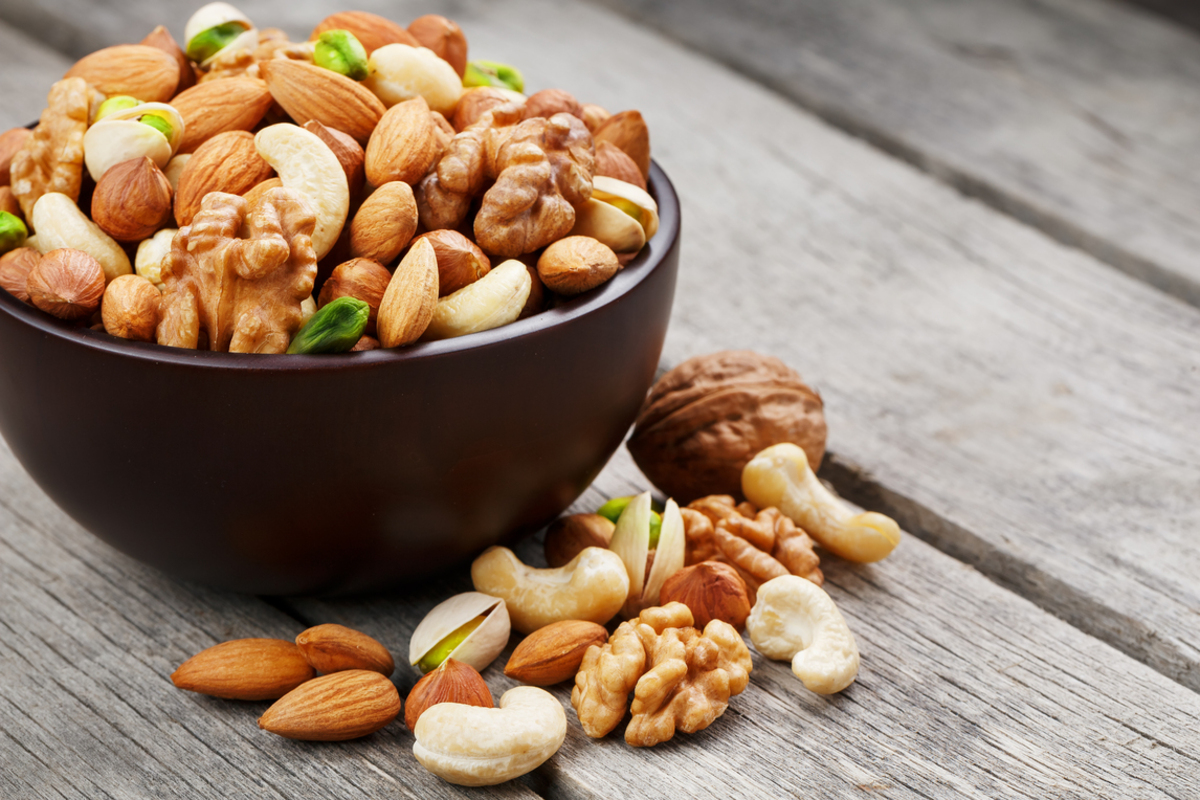A heart-healthy diet means staying away from foods that could raise your cholesterol or those that are rich in calories and could cause you to gain weight. To get your cholesterol levels and your blood pressure back on track after a heart attack, people have to change their diet and start consuming foods rich in good cholesterol, but low in fats and calories.

1. Fish
Whether you consume it fat or lean, fish is one of the best foods to eat for a heart-healthy diet. It is low in saturated fat, but rich in omega-3 fatty acids, which are known to raise your HDL (good cholesterol) levels. The best fish for a post-heart attack diet are oily ones, like herring or salmon.
The best way to consume fish is to broil it, bake it, or grill it, making sure your avoid frying it in oil. You can consume about eight ounces of fish each week, which can be divided into two servings. You can go a long way by just replacing two of your steak-based lunches with fish.
2. Soy
Soy has often been associated with the tasteless vegetarian meat replacements. However, soy has plenty of protein and is rich in isoflavones, which are plant-based compounds with a structure very similar to estrogen. According to research, soy is excellent for lowering cholesterol and can significantly reduce a person’s risk of having a heart attack.
Studies have revealed that people who consume soy as part of their daily diet for about a month can have their good cholesterol levels raised by about 1.4 mg/dL, while bad cholesterol is reduced by around 4 mg/dL. For the best results possible, you want to choose soy that’s less processed (such as soy milk, for example) because it’s more efficient compared to processed soy protein extracts.
3. Unsaturated fats
Foods have either saturated or unsaturated fats. The former category has a chemical composition that allows them to maintain their shape and stay solid at room temperature. As a consequence, it’s easy for saturated fats to pack together.
Unsaturated fats, on the other hand, are bent in shape, which prevents them from joining together. At room temperature, unsaturated fats become liquid.
According to some research, people who replace saturated fats with unsaturated ones can have their bad cholesterol level reduced by 11 percent over a period of eight weeks. This can also reduce the total cholesterol levels by nine percent over the same period of time.
4. Soluble fiber
Foods rich in soluble fiber are also an important part of a post-heart attack diet. Soluble fiber can’t be broken down easily by your body’s enzymes, which means it moves around the digestive tract almost intact. In the process, it can absorb water and form a thick paste.
As this occurs, bile — a substance produced by the liver to help your body digest fats — binds to soluble fiber and both of them are eliminated when you go to the bathroom. This is important because bile is made from cholesterol. When soluble fiber eliminates bile from your body, it is forced to make more bile, which means that it uses up more cholesterol in your bloodstream. Since cholesterol now goes into bile-formation instead of traveling through your blood, it is less likely to attach to the artery walls and cause coronary artery disease.
You can consume about five to 10 grams of soluble fiber each day, but studies have shown cholesterol improvement even in people who have three grams per day.
5. Nuts
Nuts are part of a Mediterranean diet, one that’s extremely efficient in keeping cholesterol under control. They are very rich in nutrients and have plenty of monosaturated fats and omega 3 fatty acids. Of course, it’s important to know which types of nuts to consume, as the best ones are walnuts and almonds.
Almonds contain L-arginine, an amino acid that contributes to the production of nitric oxide, responsible for blood pressure regulation. Nuts are also rich in phytosterols, plant compounds with a structure similar to that of cholesterol. When these end up in your body, they block your intestines from absorbing too much of the real deal.
Nuts contain potassium, magnesium, and calcium, all of which are good for heart health. You can safely consume about two or three servings of nuts every day and have your cholesterol lowered by about 10.2 mg/dl.
6. Olive oil
Extra virgin olive oil is gold for a post-heart attack diet. During a study, adults were given six tablespoons of extra virgin olive oil every day. At the end of the study, the participants had a 30 percent lower risk of having a heart attack compared to those who followed a diet low in fats.
Olive oil is rich in monosaturated fatty acids and easy to include in one’s daily meal plan, especially when using it as a salad dressing. It works by lowering bad cholesterol and raising good cholesterol levels.
7. Whole grains
There is plenty of evidence to support the claim that whole grains are good as part of a cholesterol-lowering diet. Oats, for example, contain beta-glucan, a soluble fiber that helps in the fight against cholesterol. Studies have revealed that consuming oats can reduce bad cholesterol levels by about seven percent.
Barley is also a food that’s good for your heart. Much like oats, it’s also rich in beta-glucan and can reduce bad cholesterol levels.
Conclusion
- Photo courtesy of SteadyHealth


Your thoughts on this